You are currently viewing SemiWiki as a guest which gives you limited access to the site. To view blog comments and experience other SemiWiki features you must be a registered member. Registration is fast, simple, and absolutely free so please,
join our community today!
WP_Term Object
(
[term_id] => 22
[name] => Wally Rhines
[slug] => wally-rhines
[term_group] => 0
[term_taxonomy_id] => 22
[taxonomy] => category
[description] =>
[parent] => 0
[count] => 48
[filter] => raw
[cat_ID] => 22
[category_count] => 48
[category_description] =>
[cat_name] => Wally Rhines
[category_nicename] => wally-rhines
[category_parent] => 0
[is_post] =>
)
This is the eighteenth in the series of “20 Questions with Wally Rhines”
Gerry Hsu’s departure from Cadence to form Avanti (originally named ArcSys) is chronicled in legal testimony as accusations of theft of software were followed by legal battles, financial awards and even prison terms. Mentor and Synopsys were… Read More
This is the seventeenth in the series of “20 Questions with Wally Rhines”
Several common aspects have existed for what is now the modern Electronic Design Automation (EDA) industry. When I joined TI in 1972, the company was very proud of its design automation capability as a competitive differentiator. Much of the… Read More
This is the sixteenth in the series of “20 Questions with Wally Rhines”
Electronic design automation (EDA) began and grew with the integrated circuit (IC) design business probably because IC design grew in complexity faster than printed circuit boards. The race for superiority in PCB design evolved in parallel,… Read More
This is the fifteenth in the series of “20 Questions with Wally Rhines”
During 1980 and 1981, three companies, Daisy, Mentor and Valid were founded. Daisy and Valid attacked the computer automated design business with custom hardware workstations plus software to provide the unique capabilities required by engineers.… Read More
This is the fourteenth in the series of “20 Questions with Wally Rhines”
I joined Mentor Graphics (now Mentor, A Siemens Business), in late 1993. Tom Engibous, one of my direct reporting people at TI, was promoted to replace me as head of the Semiconductor business of TI and I moved on to what I knew would be a real challenge,… Read More
This is the thirteenth in the series of “20 Questions with Wally Rhines”
My development of a calculator program to determine the Black Scholes value for an option was not the only application that attracted financial people to programmable calculators. As the SR-52, and later TI 59, grew in popularity, and took market… Read More
This is the twelfth in the series of “20 Questions with Wally Rhines”
Among the companies that bought a license from AT&T to produce the transistor was Sony. While the U.S. maintained its lead in technology, other countries like Japan emerged as competitors. Semiconductor manufacturing was both labor intensive… Read More
This is the eleventh in the series of “20 Questions with Wally Rhines”
In high technology, there are numerous instances of highly productive groups coming together and generating game-changing ideas and products. This happened at Shockley Semiconductor in the 1960s when Gordon Moore, Bob Noyce, Jean Hoerni and… Read More
This is the tenth in the series of “20 Questions with Wally Rhines”
1978 was a bad year for TI. In April, Intel announced the 8086 followed by disclosures of 16-bit microprocessors from Motorola, the 68000, and Zilog, the Z8000. TI had tried to leapfrog the microprocessor business by introducing the TMS 9900 16-bit … Read More
Speak N Spellby Daniel Nenni on 08-03-2018 at 7:00 amCategories: Wally Rhines
This is the ninth in the series of “20 Questions with Wally Rhines”
Success has many authors and the Speak & Spell product from Texas Instruments generated lots of write-ups to demonstrate this. For most of the semiconductor industry, results of innovation were not apparent to the masses but, for the consumer … Read More



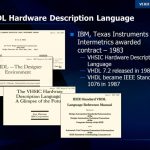

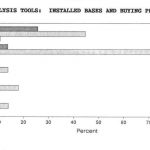

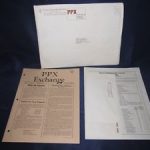
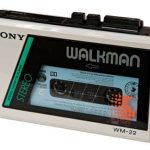


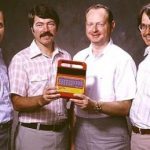
Quantum Computing Technologies and Challenges